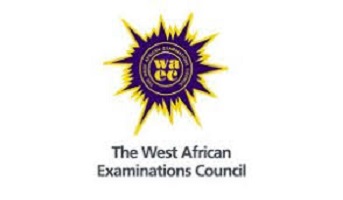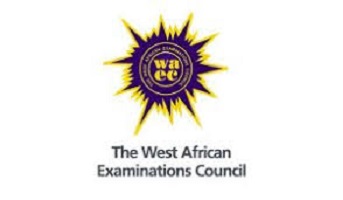Data Processing Waec Answers 2024
NUMBER 6
Here are the steps to change the orientation to landscape and print the document on 14″ paper:
*Step 1: Open the document in MS Word*
– Double-click on the document file to open it in MS Word.
*Step 2: Change the orientation to Landscape*
– Go to the “Page Layout” tab in the ribbon at the top of the screen.
– Click on the “Orientation” button in the “Page Setup” group.
– Select “Landscape” from the dropdown menu.
*Step 3: Adjust the paper size*
– In the same “Page Setup” group, click on the “Size” button.
– Select “More Paper Sizes” from the dropdown menu.
– In the “Paper Size” dialog box, select “Custom” and enter “14” in the “Width” field.
*Step 4: Preview and print the document*
– Click on the “Print Preview” button to ensure the document looks correct in landscape orientation.
– If everything looks good, click on the “Print” button to print the document on 14″ paper.
(1a)
(i) Access to vast information resources.
(ii) Facilitation of distance learning.
(iii) Collaboration opportunities among students and educators.
(iv) Enhanced interactive learning experiences.
2a
File organization refers to the systematic and structured way of storing, retrieving, and managing files, documents, and data in a physical or digital environment. It involves creating a logical and coherent system for categorizing, labeling, and storing files, making it easier to locate and access them when needed.
Effective file organization includes:
1. Categorization: Grouping similar files together (e.g., by project, date, or type).
2. Naming conventions: Using clear and descriptive file names and labels.
3. Folder structure: Creating a hierarchical system of folders and subfolders.
4. Storage: Designating specific locations for physical or digital files.
5. Indexing: Creating indexes or databases to track file locations and contents.
6. Backup and archiving: Regularly backing up and archiving files to prevent loss or damage.
Good file organization saves time, reduces stress, and improves productivity, making it an essential skill in both personal and professional settings.
(1b)
(i) Corrective maintenance addresses problems identified through testing or user feedback.
(ii) Adaptive maintenance modifies software to accommodate changes in the environment.
(iii) Preventive maintenance proactively addresses potential issues to prevent failures.
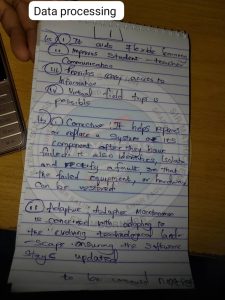
3a. Personal
II. Mainframe
Iii. Super
3b In tabular format
Analog Computers:
– Use continuous physical phenomena (e.g., voltage, current, position) to represent information
– Process information in a continuous range (e.g., 0-10 volts)
– Typically use analog circuits and mechanical components
– Examples: slide rules, analog clocks, thermometers
– Advantages: fast, simple, and intuitive for specific tasks (e.g., scientific calculations)
– Disadvantages: limited precision, prone to noise and interference
Digital Computers:
– Use discrete values (0s and 1s) to represent information
– Process information in a discrete range (e.g., 0 or 1, true or false)
– Typically use digital circuits and microprocessors
– Examples: smartphones, laptops, calculators
– Advantages: high precision, flexible, and scalable
– Disadvantages: slower than analog for specific tasks, require complex
(3c)
(i) Pictures
(ii) Shapes
(iii) Icons
(iv) SmartArt
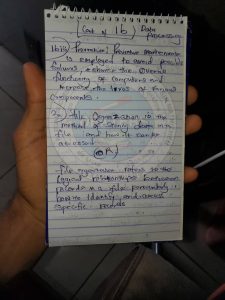
NUMBER 4
(4ai)
1. Exposure to harmful content
2. Risk of cyberbullying and online harassment
(4aii) Prevention measures:
1. Implement internet filters and blockers to restrict access to inappropriate websites
2. Establish clear internet usage policies and guidelines for students
3. Monitor student internet activity
4. Educate students about online safety and digital citizenship
(4b) One reason for user authentication before access to the system is granted:
1. To ensure that only authorized users (students and staff) have access to sensitive information and school data, maintaining confidentiality and security.
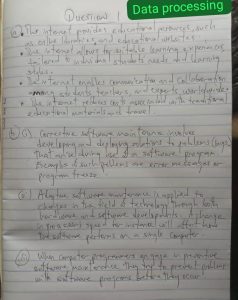
Data-Processing-Obj
1ABACBDAADB
11BBBABBDCDC
21ABADBDDDDD
31CCDDBBBDBD
Completed!!
